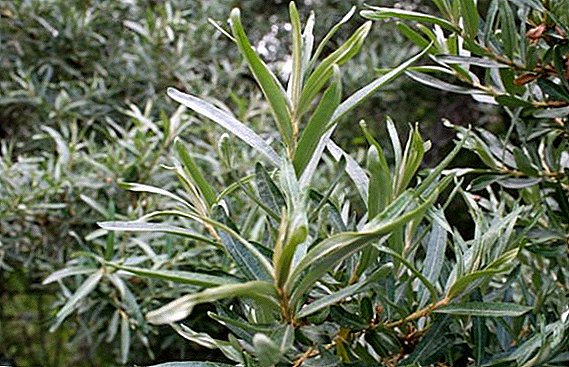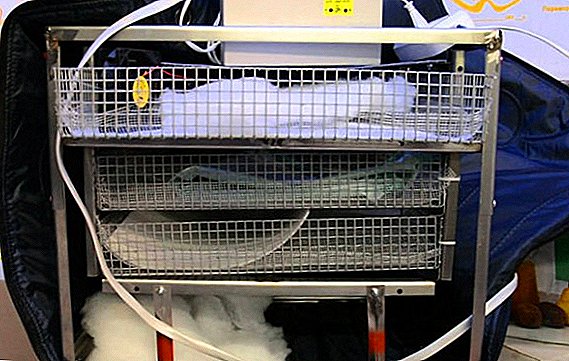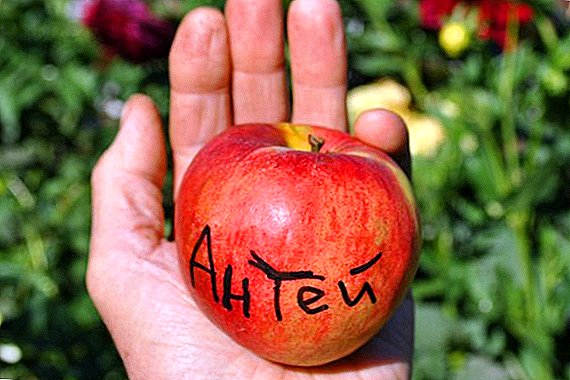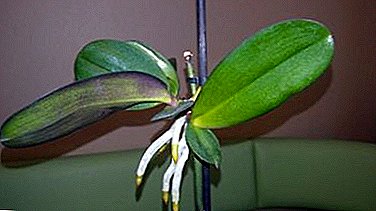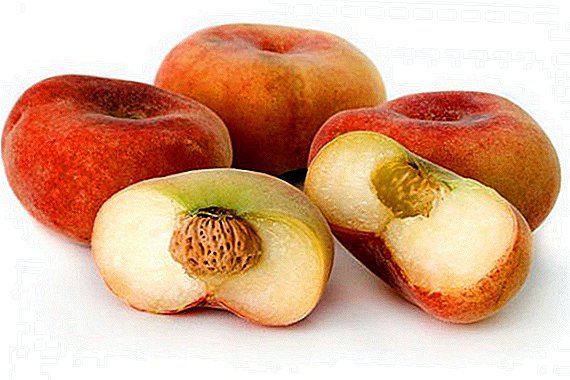
Greenhouse facilities can be used not only in early spring or late autumn to prolong garden work. The main thing is the correct temperature in the greenhouse in winter.
Competently designed and well-made premises for greenhouses can be fully used in the winter season. Enough for that perform insulation and organize efficient heating.
Classic methods of maintaining temperature
The traditional methods of heating greenhouses include air heating and water. Air heating system transfers heat to plants due to air convection.
Its advantage is a very high heating rate of the entire volume of the room. However, when disconnected air heater the temperature drops very quickly.
As devices for air heating greenhouses are used heat guns various designs. As a source of energy such convectors can use liquid or electricity.
Many models are equipped with a fan that allows you to quickly fill the room with heated air.
In addition, primitive air heating systems in the form of a metal pipe do not lose their popularity. Its upper end is horizontally inserted inwards and has many openings for the passage of heated air.
Its lower end is located on the street and is installed vertically. A fire is made under the bell of the vertical part of the pipe, and the heated air begins to flow into the room through the pipe.
Water heating It works by supplying heated water to the system of pipes and radiators placed in the greenhouse. Its advantage is a large heat capacity, which allows heated water to release heat for a long time even after the heating device is turned off. And also the fact that it is quite possible to do water heating of the greenhouse with your own hands.
The disadvantage is the complexity of calculating the power of the heater, as well as the number and characteristics of radiators. Complicates the task and the amount of necessary equipment that does not have the lowest cost.
For water heating can be used heaters operating on any type of fuel:
- firewood or coal;
- gas;
- electricity.
 Gas heating involves the organization of gas supply for the heater.
Gas heating involves the organization of gas supply for the heater.
It can be done in two ways: by laying a gas pipeline and using gas cylinders.
The second method, i.e. use of cylinders, on country and personal plots often turns out to be more rational.
It does not require a significant amount of work on laying the pipeline and a lot of permits.
Greenhouse gas heating systems can be classified according to the method of heat energy transfer:
- water pipe heating;
- infrared heating;
- air.
Heat source for water heating pipe stands gas boiler. Obtaining a permit for the installation of such equipment and the actual installation work are very costly measures.
Infrared gas heaters radiate a stream of infrared radiation from heated surfaces. Such emitters can be in the form of tubes, either ceramic or steel plates. In any case, the combustion gas occurs inside the device. However, they will have different smoke removal systems.
Tubular Heaters need to build their own chimney. Plate variants may emit combustion products directly into the greenhouse and then expel them through the ventilation system, which is sometimes not entirely safe.
IMPORTANT: Without a ventilation system, use of gas equipment is unacceptable. If all oxygen is burned out in the room, the burning will stop and the room may be filled with explosive gas.
Air gas heaters have an open burner. Air heated in a flame rises to the ceiling, from where it is distributed throughout its volume as it cools.
This method of heating is very effective, but to maintain the flame and comply with safety rules, the greenhouse must have an effective ventilation system.
Heating greenhouse heat gun. In this embodiment, the air gas heater is additionally equipped with an electric fan. This greatly increases its efficiency, but requires the connection of the power supply line.
Electric heating, as well as lamps for greenhouses for heating, is the easiest technically method of heating.  It can be carried out by devices of two types.
It can be carried out by devices of two types.
- Electric heat guns. The air is heated in them with the help of spirals of a wire with high resistance. A fan is installed in the heat gun, so it can be used to heat up all the volume of air in a room in a short time.
- Convectors. Heating takes place inside the device. Heat energy is transmitted through metal or oil conductors to an external enclosure. Energy is emitted in the infrared. With all the simplicity of this solution, the use of electric convectors in greenhouses is not very profitable, since in conditions of high humidity the life of the devices will be too small. In addition, any classic heating appliances have a high level of electricity consumption.
Heating greenhouse wood. To equip a similar system of winter heating is very simple. Classic and familiar to all the stove for the greenhouse will help. The advantage of this option is the low cost of fuel and relatively high efficiency.
The disadvantage of the stove is its flammability. The installation site of the device must be lined with non-combustible materials. In addition, the required insulation and chimney at the point of its output to the roof.
A photo
Look at the photo: infrared heater for the greenhouse, electric heating of the greenhouse and air heating





Modern heating methods
Recently, in the greenhouse economy more and more heating systems, previously used only in residential buildings. One of the examples is a heating cable for greenhouses, in apartments it is used for installing underfloor heating.
By virtue cable for underfloor heating is the very method of heating - through the heating of the soil. Here, first of all, the ground is heated, which favorably affects the vital activity of the root system of plants.
Another advantage of cable heating - compactness of the system. Hermetically packed cable for heating the soil is placed directly in it and does not eat up the space of a compact structure.
Infrared Electric Heaters - one more novelty for indoor use. They are placed on the walls or under the ceiling. Infrared heating greenhouses is gaining increasing popularity and that is why.
Infrared radiation from hot heating elements heats both the walls and the ground, as well as the plants themselves. The disadvantage of this solution is not the highest efficiency.
There is also such a way to use a heating cable: laying heating tape. Having similar to the cable principle of operation and placement in greenhouses, tape heaters are different in design because they are made in the form of tapes or canvases.
The method of heating with the help of powerful electric incandescent lamps is also acceptable.
In addition to heat, such a system will produce a strong luminous flux, which is very useful for plants in a short winter day. However, the power consumption in this case will be very noticeable.
Geothermal heating greenhouses. It is based on the fact that at a considerable depth the temperature is stable throughout the whole year and is always positive.
To deliver this heat into the interior of the greenhouse, special heat pumps are used, pumping water or air. The injected cold coolant deep underground heats up, rises back and gives off thermal energy to consumers.
The advantages of geothermal heaters include the following:
- minimum energy costs, necessary only to ensure transfer of the coolant;
- long service life of several decades;
- almost do not require maintenance;
- on too hot days, the system, without any modification, is able to act as a refrigerator for the greenhouse.
The main disadvantage of the geothermal system is complexity of design and survey works and technical calculations. In addition, to arrange a similar heating may not be on all types of soil.
How to heat a greenhouse cheap
The choice of the cheapest way of heating depends on several factors. First, from readiness for complex engineering calculations and scale construction. In this case, the best option is geothermal heating.
Secondly, availability of gas supply at the site. If it is available, then gas heating will be the cheapest.
Thirdly, the cost of work on the installation of the heating system and its maintenance. If you plan to do everything with your own free hands, then it makes sense to opt for electric heating.
It is not very difficult to organize an efficient, inexpensive and not the most difficult to operate greenhouse heating system. It is enough to study the principle of the most common solutions, take into account their own capabilities and choose whether it will be infrared heaters for greenhouses, infrared lamps or tape heaters.




